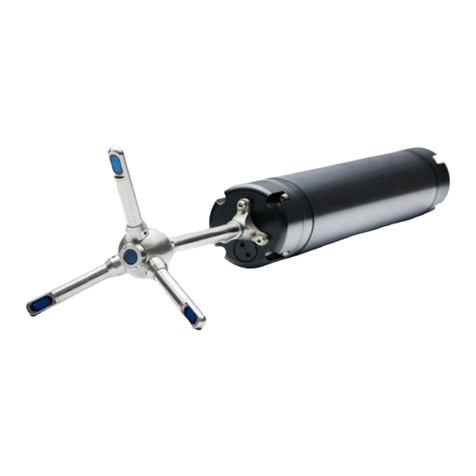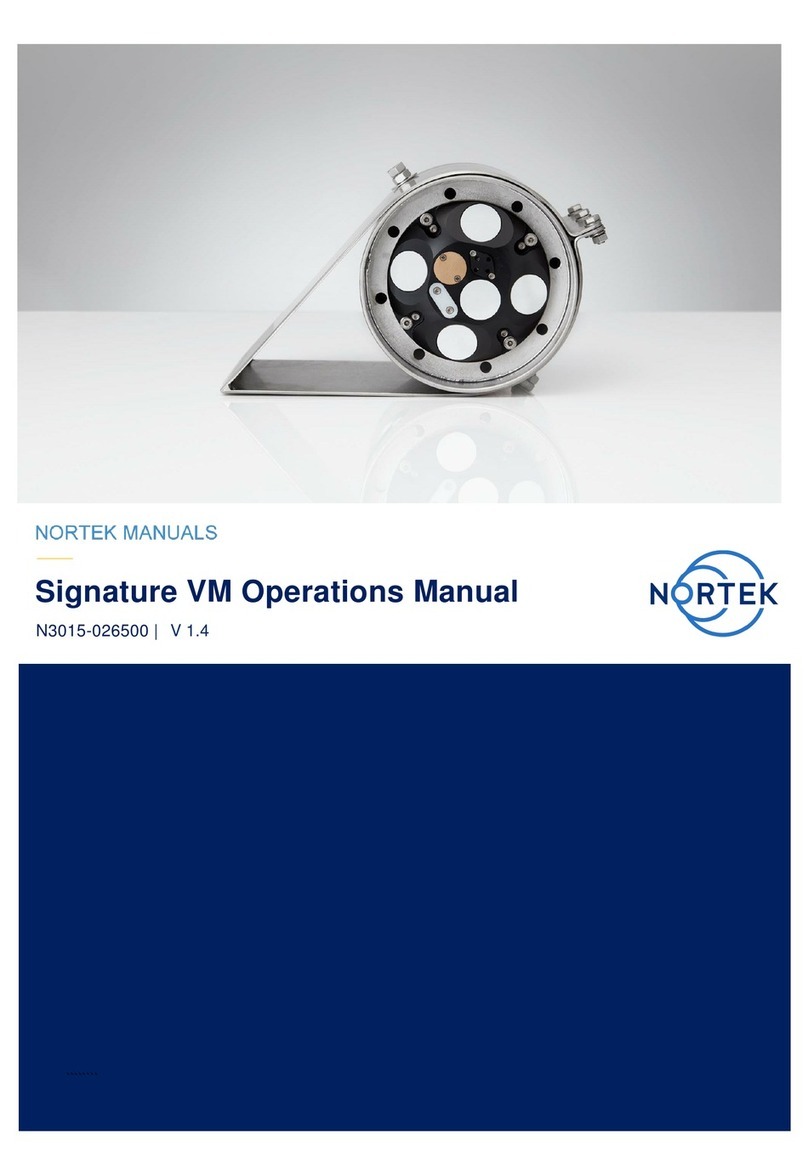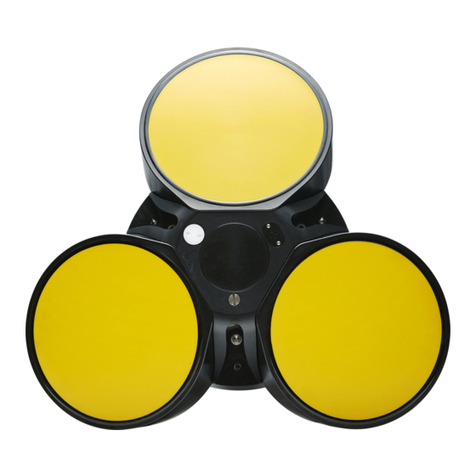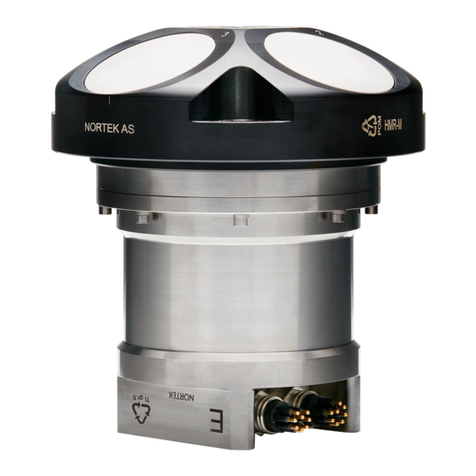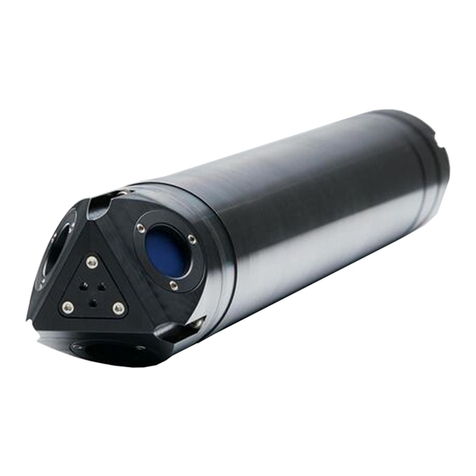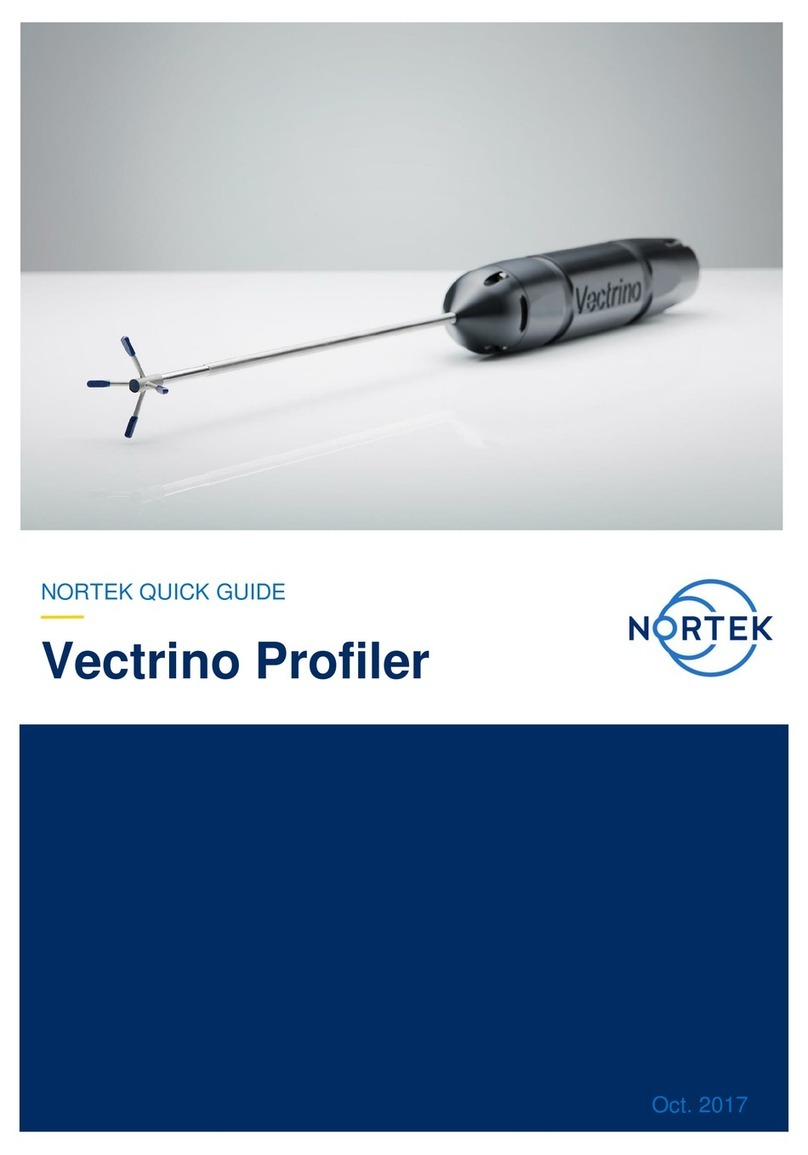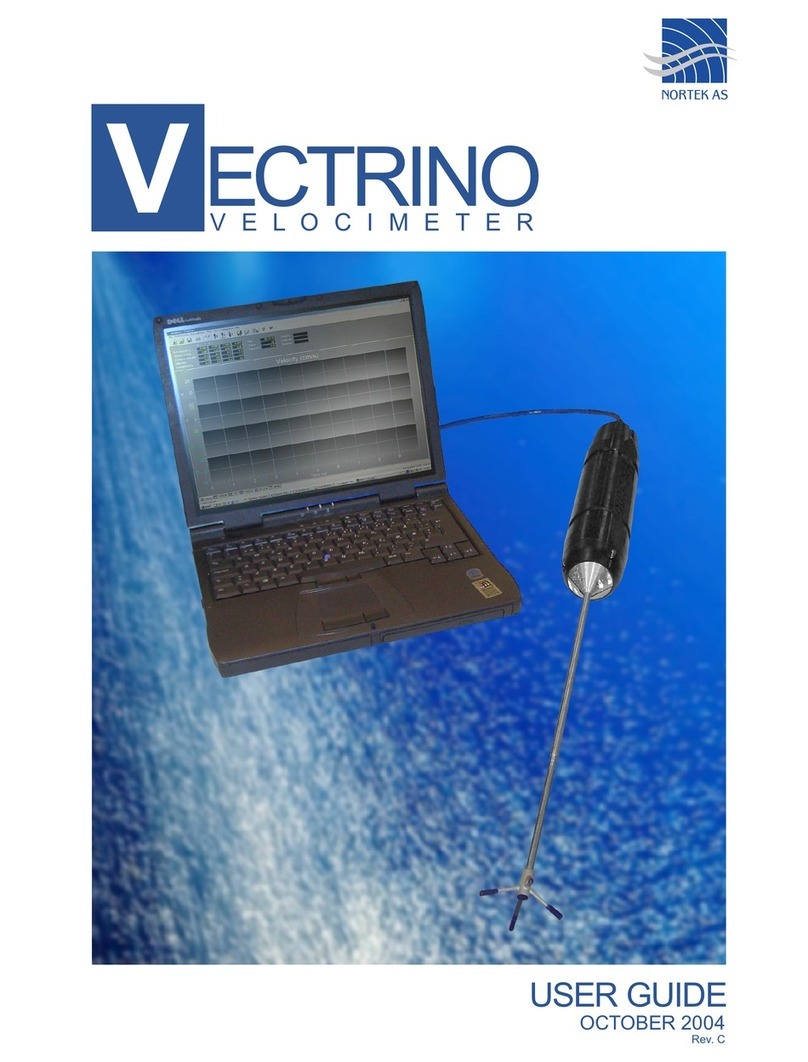
Vectrino 5
TABLE OF CONTENTS
Introduction ....................................................................................................7
Getting Started...........................................................................................................7
Contents of Your Shipment .......................................................................................8
Product Specification ....................................................................................................9
Mechanical.................................................................................................................9
Sampling Volume ......................................................................................................9
Echo Intensity ............................................................................................................9
Sensors....................................................................................................................10
Data Communication ...............................................................................................10
Multi Unit Operation.................................................................................................10
Software (“Vectrino”) ...............................................................................................10
Power.......................................................................................................................11
Connectors ..............................................................................................................11
Materials ..................................................................................................................11
Environmental..........................................................................................................11
Options ....................................................................................................................11
Technical Description ..................................................................................................13
System Components ...............................................................................................13
Functional Description ..................................................................................................15
Doppler Theory........................................................................................................ 15
Data Handling..........................................................................................................16
Software ..................................................................................................17
Vectrino software options ........................................................................................17
Installation................................................................................................................18
Configurations..........................................................................................................18
Mounting Guidelines ..................................................................................................19
